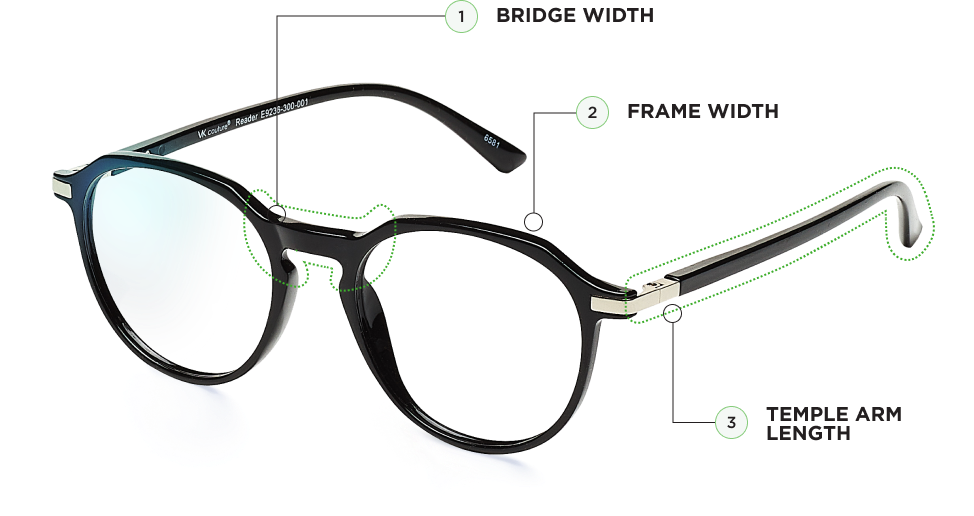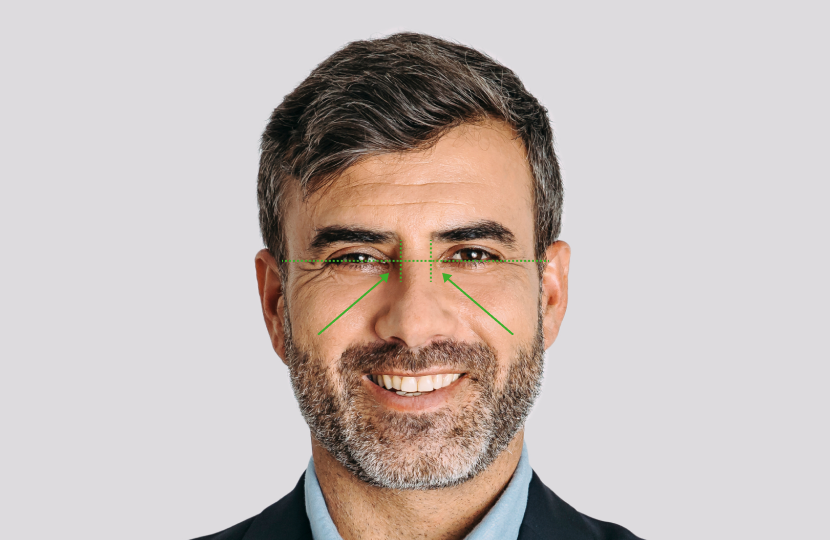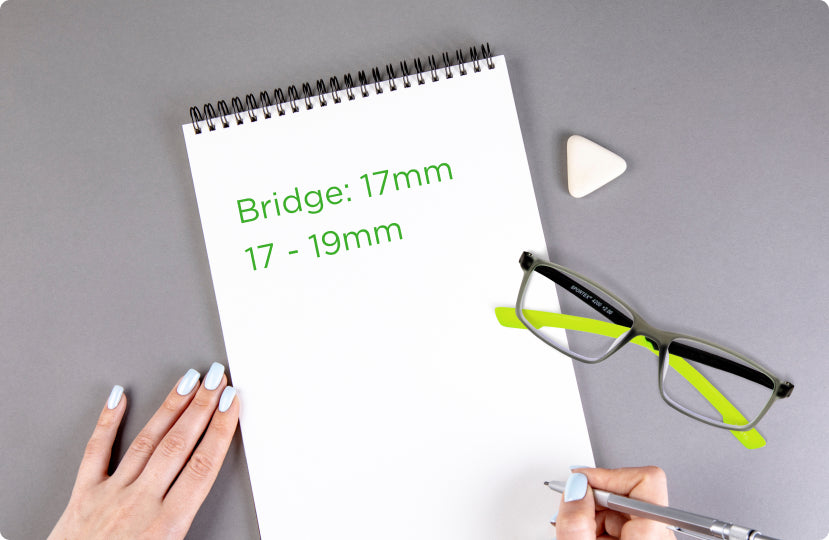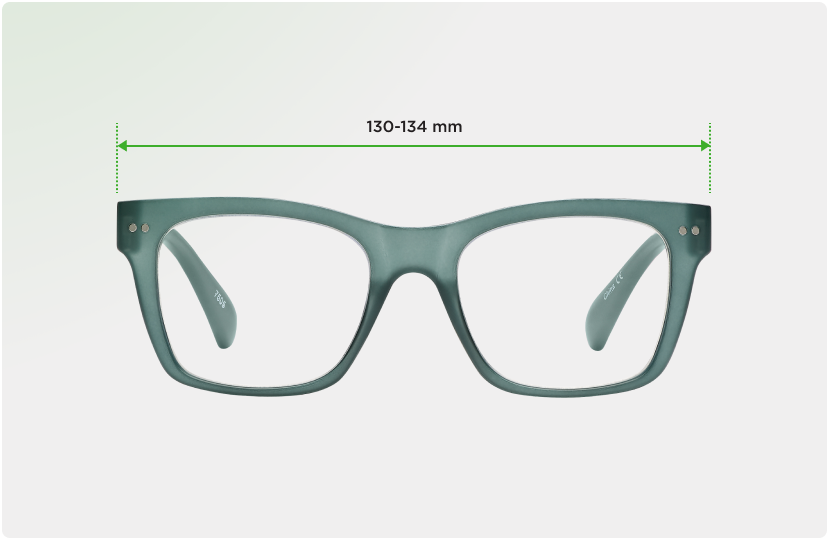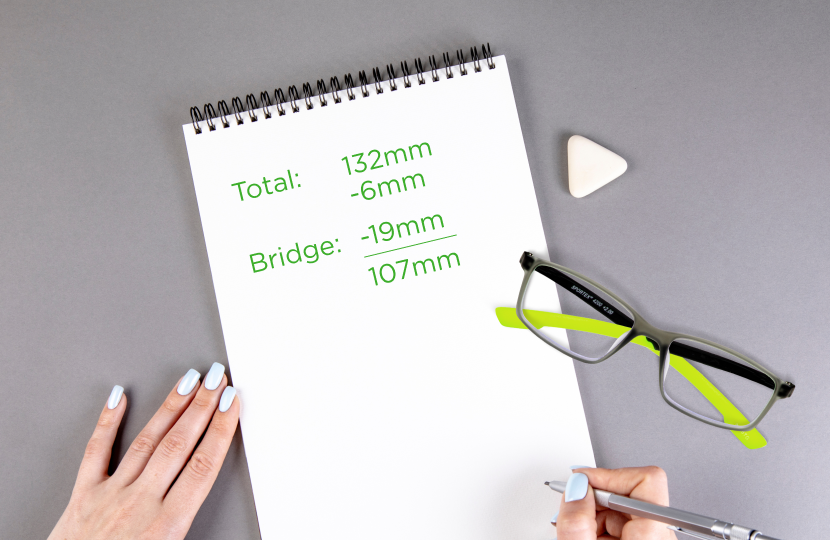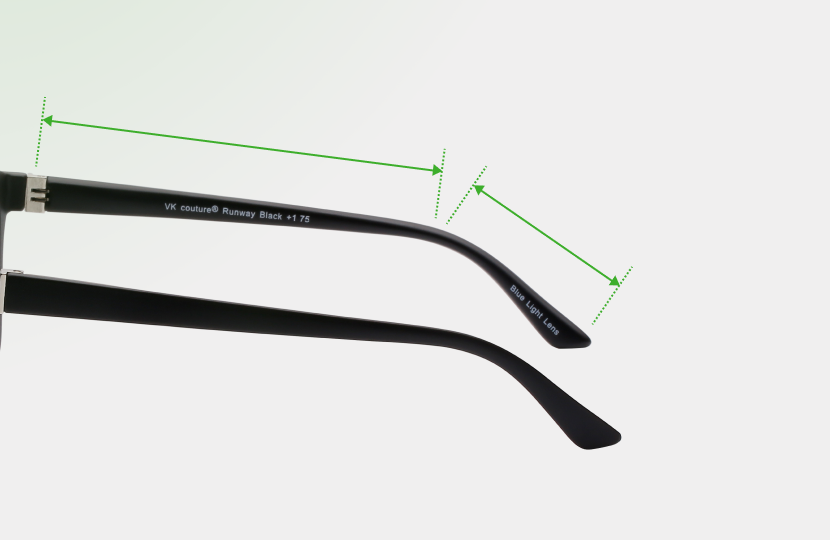
What is My Perfect Frame Size?
Measuring Your Face for Glasses

Using a mirror or photo, determine your nose bridge's position and width.
These measurements dictate the lens-to-lens distance. A side profile selfie works well for photos. Assess whether your bridge is high or low, wide or narrow.
- If the bridge of your glasses sits below your pupils, aim for bridge sizes between 16-18 millimeters. If it rests above your pupils, look for bridges that measure 19-21 millimeters.
- Assess your nose bridge width. Closer-set eyes often accompany a narrower bridge, while wider-set eyes suggest a broader bridge.
- If you have a narrow nose, opt for bridge widths from 14-18 millimeters. For broader noses, select bridge sizes of 18 millimeters or more.
After determining your bridge width and placement, modify your measurements to accommodate the thickness of the frame.
Thicker frames require wider bridge widths to support the added weight.
- If your bridge measures 16–18 millimeters but you prefer a thick frame, consider opting for a 19-millimeter bridge to accommodate the extra rim.
- On the other hand, if you have a high bridge and favor slim frames, consider choosing a bridge width of 18 millimeters or less.
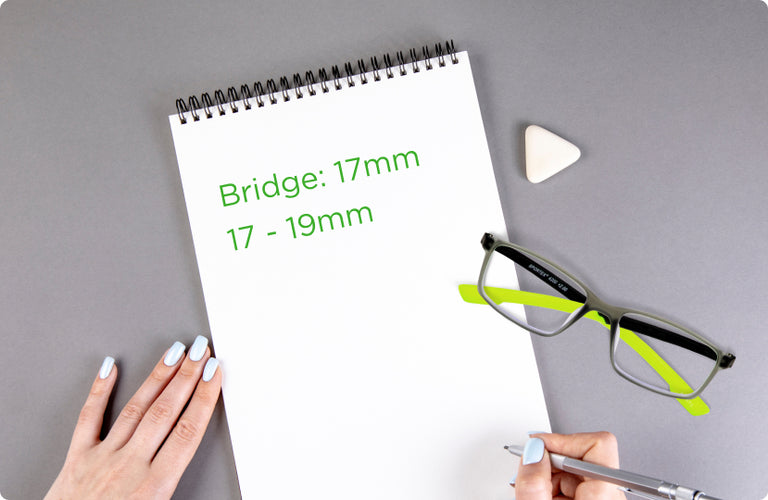

Use your bridge position as a guide to choose glasses with either a high or low bridge.
Eyeglasses vary not just in bridge width, but also in bridge placement. If you have a high bridge, choose glasses with a bridge at brow level. If your bridge is low, select glasses where the bridge sits below the brow line.

To determine the width from temple to temple, stand before a mirror and place a ruler horizontally across your face, just beneath your eyes.
Then, measure the distance between your left and right temples and record the measurement in millimeters.
Utilize your temple-to-temple width to determine the overall width of your glasses.
Make sure that the overall width of your glasses, which includes both lenses and the bridge, aligns closely with your temple-to-temple measurement. For example, if your temple-to-temple measurement is 132 millimeters (5.2 inches), look for glasses that measure between 130 and 134 millimeters (5.1 to 5.3 inches).
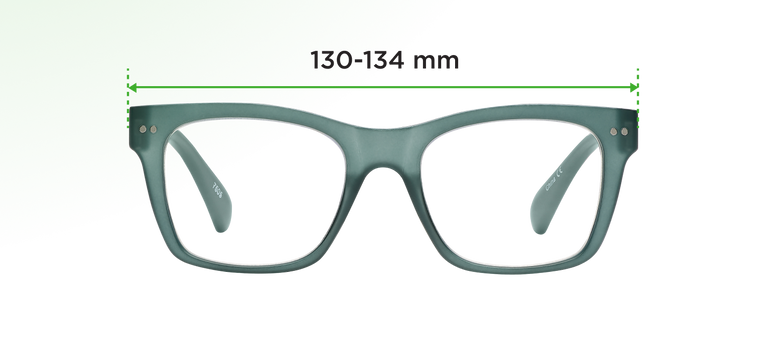
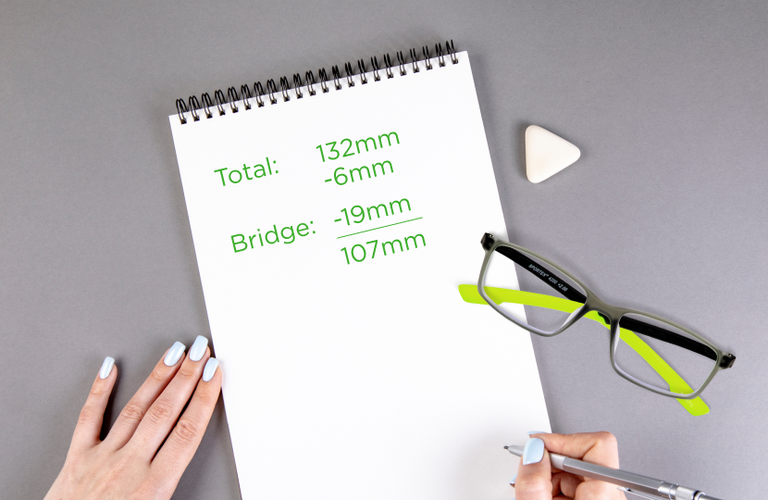
Determine your lens width by considering your nose width and total width.
Subtract 6 millimeters (0.24 inches) and your bridge width from the total width to find your lens width. Lens widths typically fall within the range of 50 to 60 millimeters (2.0 to 2.4 inches).
Determine the length of your temple based on your total width.
The arms, or temples, of your glasses are the parts that connect to the frame and sit on your ears. Temple lengths range from 120 to 150 millimeters (4.7 to 5.9 inches), but they generally come in three standard sizes: 135, 140, and 145 millimeters. As the overall width of your glasses increases, the length of the temples should also increase.
- If your total width is towards the higher end, consider selecting temples that are 145 millimeters (5.7 inches) or longer.
- For smaller total widths, opt for temples in the 135–140 millimeter (5.3–5.5 inches) range.
- If you find that a pair of glasses extends past your ear when worn, choose a pair with shorter temples to avoid discomfort.
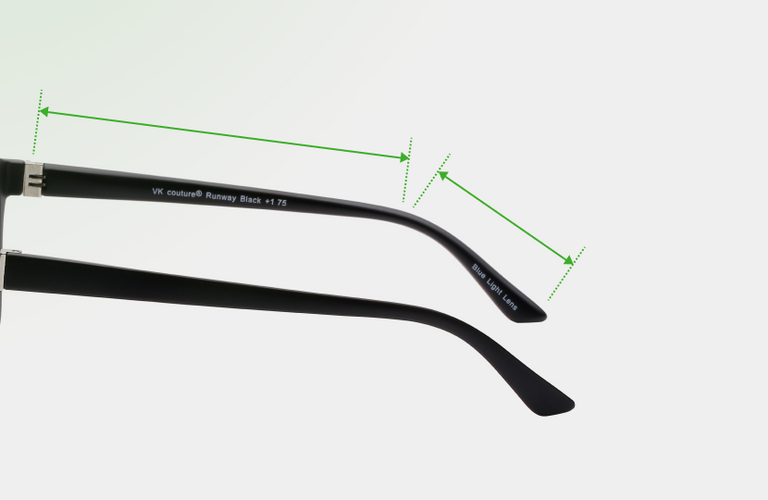
Use Your Measurements to Find the Perfect Pair
Now that you've gathered all your measurements, we suggest beginning your shopping by Frame Width. In each style category you explore, you'll find comprehensive product measurements to guarantee that your final choice fits flawlessly.

